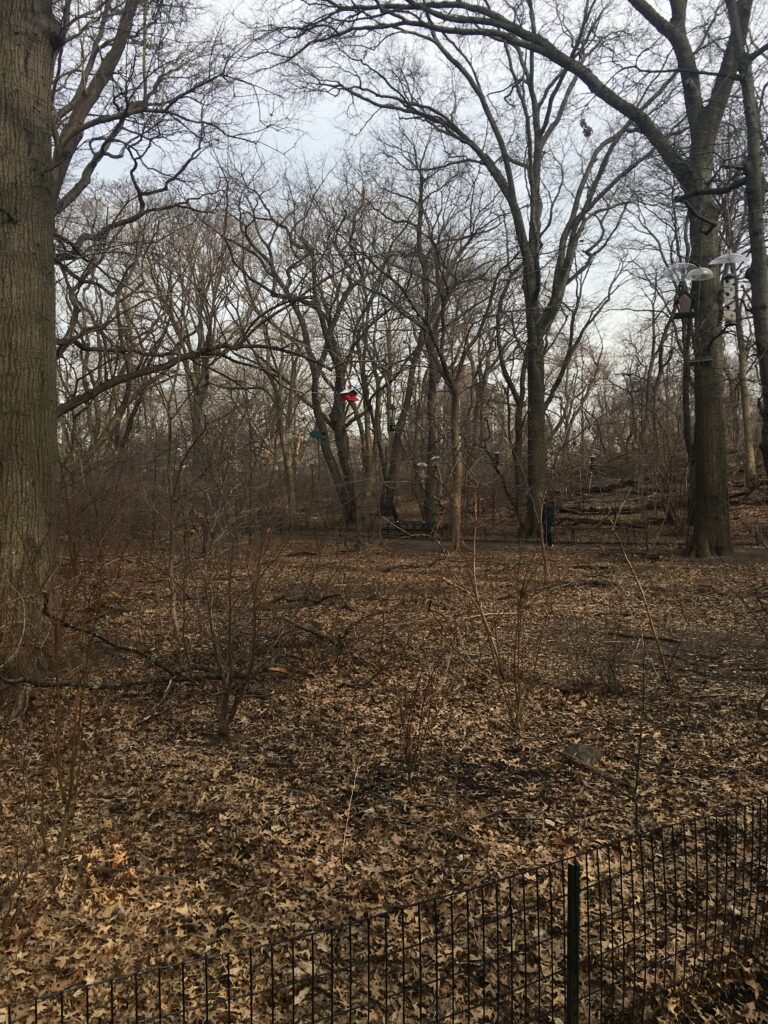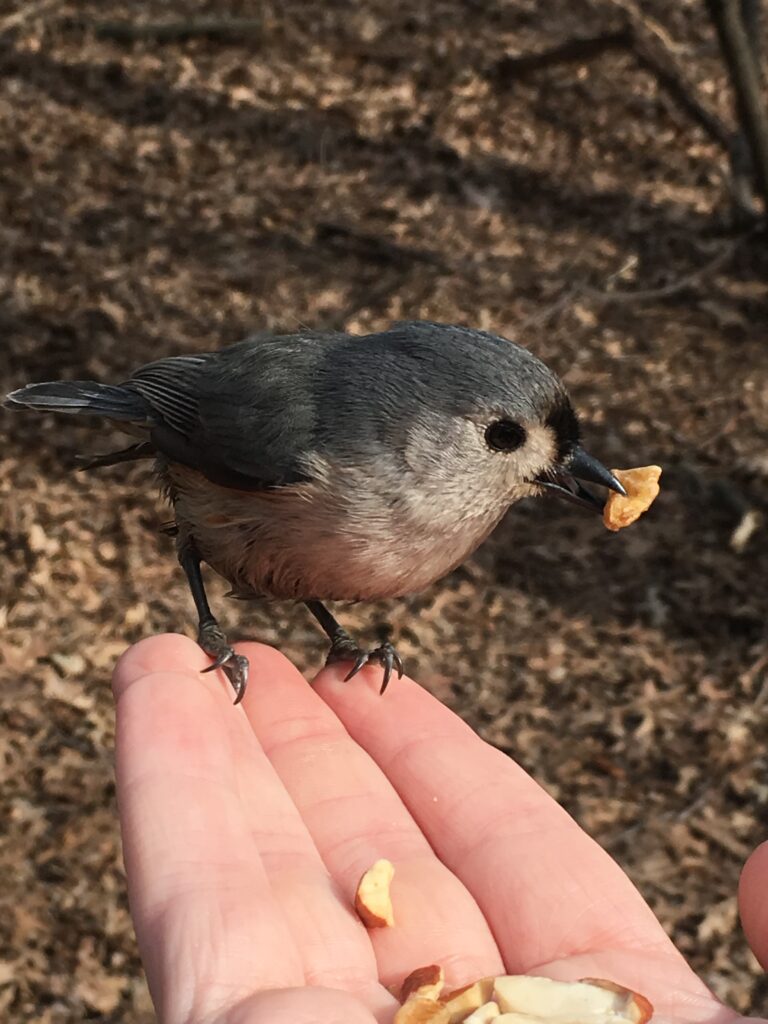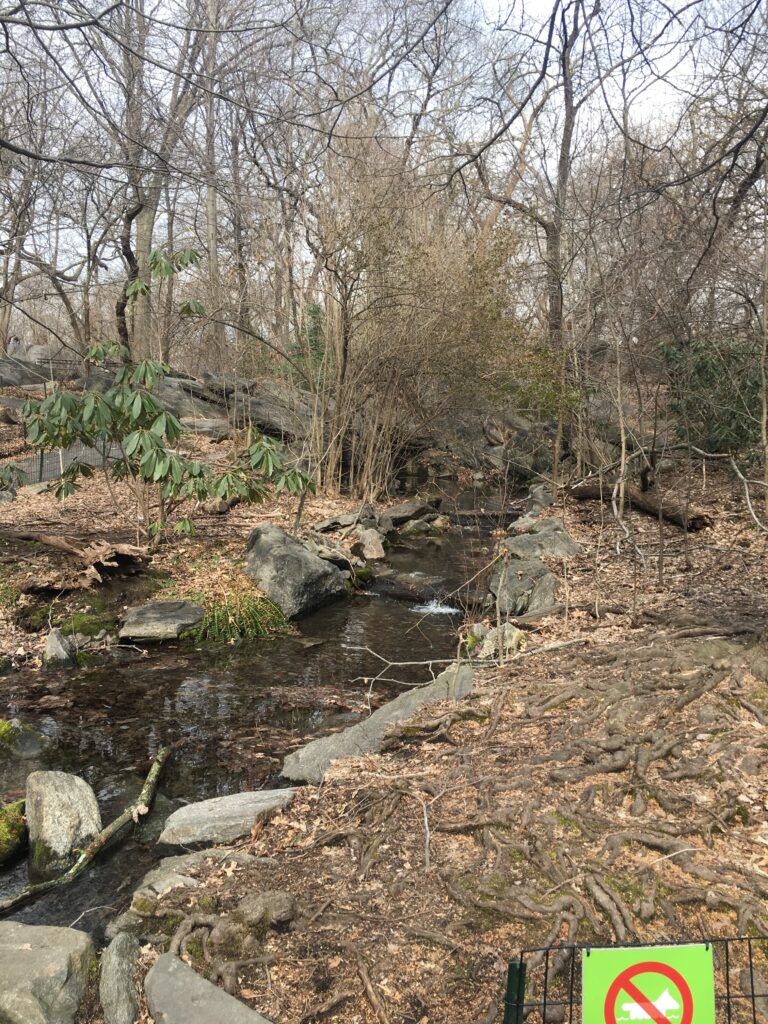Back in NYC…and Almost No Signs of Spring
March 13th, 2019
Weather: Partly cloudy
Temperature: 50 degrees
Birds seen: Tufted Titmouse, Black-Capped Chickadee, Dark-Eyed Junco, CHIPPING SPARROW, White-Throated Sparrow, White-Breasted Nuthatch, Red-Breasted Nuthatch, American Goldfinch, House Finch, American Robin, Northern Cardinal, Common Grackle, Downy Woodpecker, Red-Bellied Woodpecker, Cooper’s Hawk.

On Wednesday, I went back to New York City and stopped by the site that I had previously visited in the fall. Much of the leaves were gone when compared to my previous visit, and very few signs of spring showed. Despite what native Vermonters might think, a lack of snow on the ground at any point in winter is not an unexpected sight in the city. The feeders showed a variety of species, including Tufted Titmice, American Goldfinches, White-Breasted Nuthatches, and Downy Woodpeckers. There was also a Red-Breasted Nuthatch and Chipping Sparrow at the feeders, two species that usually don’t overwinter. Despite bird migration having not begun yet, birds such as the American Goldfinch have started molting into their breeding plumage.


The nearby stream didn’t attract as many birds, but I did see a Northern Cardinal posing nicely.


These observations contained many more species than in Burlington last week, with some such as the White-Throated Sparrow being only passage migrants. There are also no signs of any mammals other than the abundant (and begging) Gray Squirrels, whereas there are several other mammal species in the Centennial Thicket. Despite looking, I could not find any tracks in snow or mud. Warm weather is approaching, with highs reaching almost 70 degrees in New York City on Friday. This increase in temperature is expected to bring in some of the first migratory birds, such as Eastern Phoebes and Rusty Blackbirds. Migrants typically arrive 10-15 days later in Burlington, so I have a bit of waiting to do before they arrive. Still, I look forward to witnessing the progression of spring in the Centennial Thicket, even if it’s a little later.